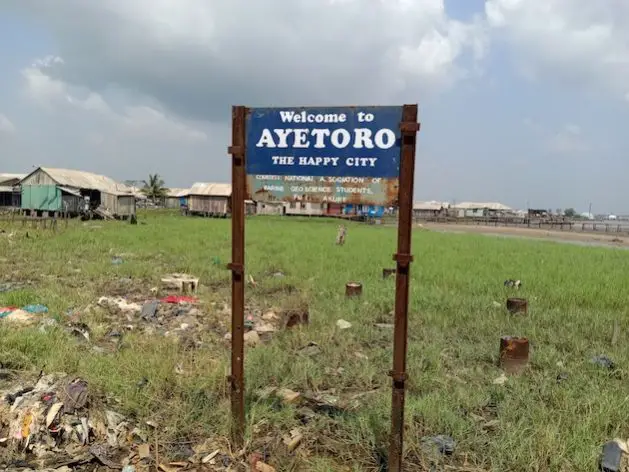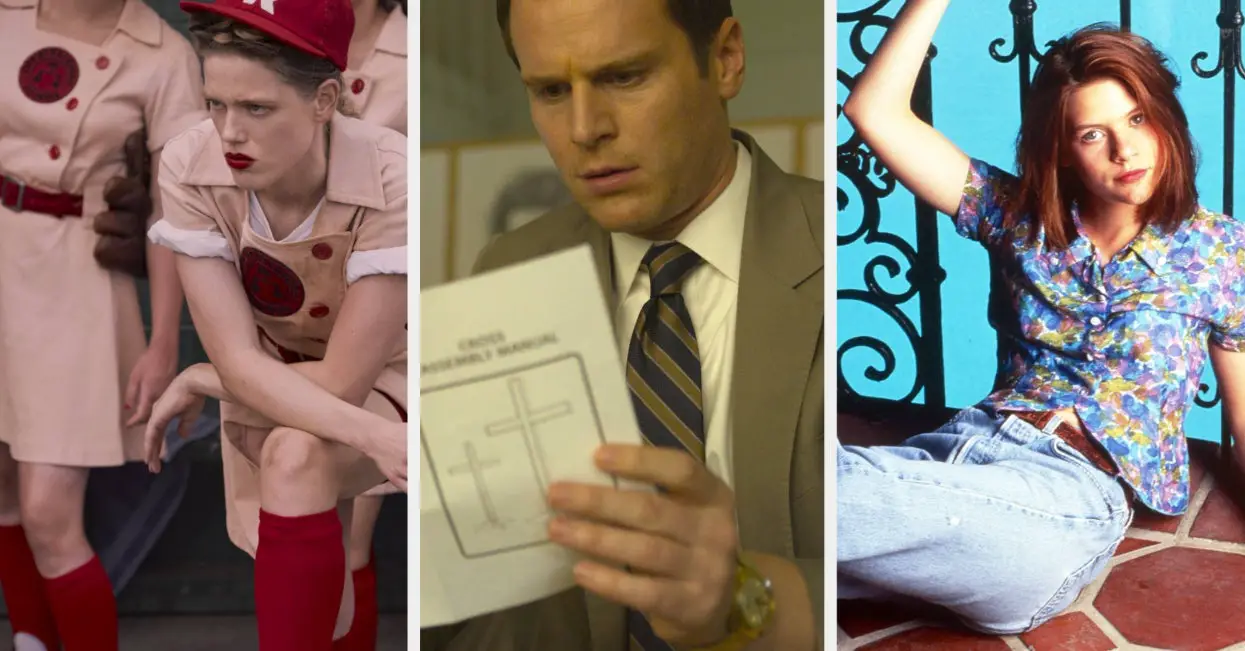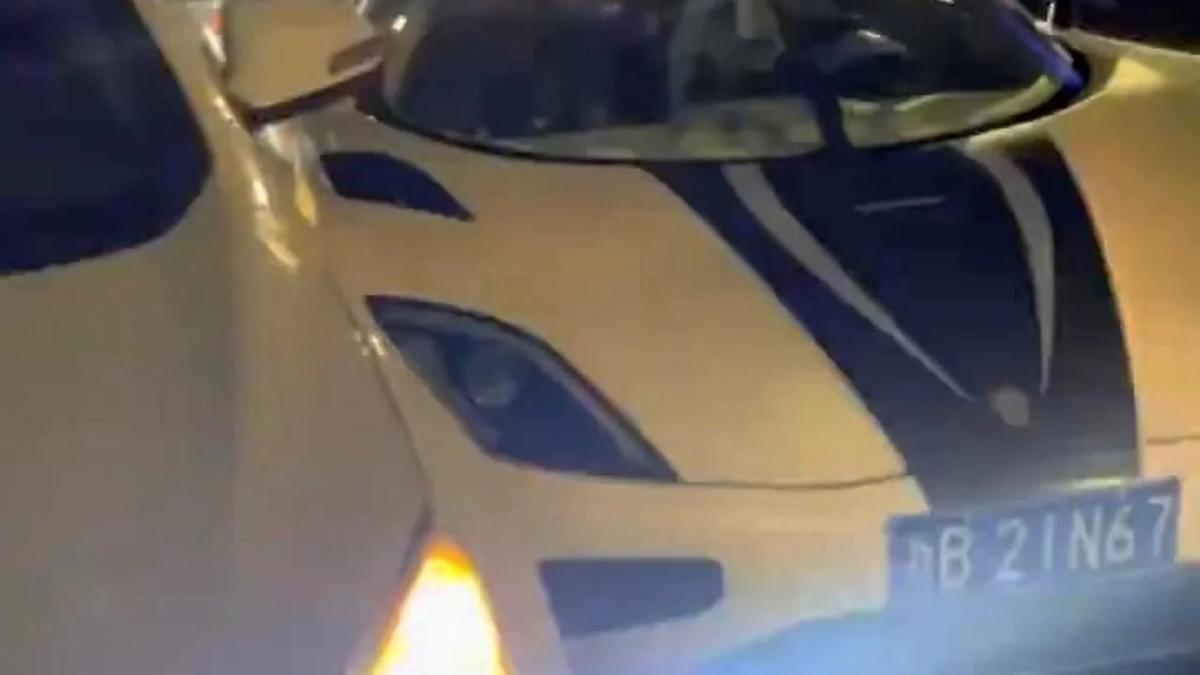I cycled into birdsong, into colour, the light glimmering against the white of the low stone walls. There was a spaciousness as I cycled, a lateral stretching of soundscape, big skies, birds fluting. I didn’t meet anyone else on the narrow lanes and had a sense of being completely alone on an island of 2,000 people. Is there anything happier than being on a bicycle early in the morning, heading to the sea?
The Egadi archipelago off the north-west coast of Sicily is a well-kept secret. Italians come here on holiday, but the islands are relatively unknown to international tourists. And an even better-kept secret is that these magical islands inspired the fantastical lands of the Odyssey, Europe’s oldest travel story. There are a total of five islands and it’s possible to visit three of them.
I’d come to Favignana, the the Odyssey’s “island full of wonders” according to one theory, as part of my quest to discover the real-life places that inspired the Odysseus’s epic journey for my new book. As soon as I set foot here, I fell tipsily in love. The largest of the islands in the archipelago, it’s still tiny, measuringless than eight square miles.
According to one theory, this was the island where Odysseus’s crew stopped before he and a few companions went off to meet the Cyclops. Favignana is supposedly where they rested, hunted goats, barbecued them on the beach and drank “strong red wine” (though I didn’t see a single goat in all the time I spent there).
The first thing I did when I arrived was hire a bici from charming Marcello at the GAC rental shop right by the port. There’s no need for a car, because the island is so small and mostly flat. Favignana boasts one of Sicily’s most famed beaches, Cala Rossa, and I set out to find it. It was the site of one of those endless, confusing Punic wars – this cove was where the Greeks were badly outnumbered but fought their enemies so bravely that the seas turned red with blood, giving the beach its name. It’s a lovely bike ride over and the rocky beach is unlike any I’ve ever seen. Quarrying has left a legacy here, and the huge, vertical standing stones look strange and beautiful. And the water is a neon turquoise.
There are plenty of other – equally lovely, if less iconic – coves to visit. Lido Burrone is the island’s only sandy beach, and the most dramatic is Bue Marino, a former quarry on the east coast where the waters are deep and clear beneath walls of rock. It’s the most striking place for a swim on the island, and a great place to watch the sunrise. Cala Azzurra, nearby, is a more classic cove, and right above it is a simple cafe where owner Dario serves good panini and arancini.
For a little island, Favignana has a very bloodthirsty history. I learned about this at the excellent museum by the harbour. My guide explained that Favignana was the site of the largest tonnara (tuna fishery) in the Mediterranean, owned by the mega-wealthy Florio family (recently the subject of a film, The Lions of Sicily, on Disney Plus, starring many islanders as extras). She showed me around the 19th-century processing plant and explained all its dark innovations – including a complicated arrangement of seven nets that took a month to set up under water, and sinister long, wooden harpoons that were viciously effective. She told me fish were canned here in astonishing numbers.
The plant closed in 1982 and, thankfully, bluefin tuna are now subject to very strict quotas, but there is evidence of tuna fishing heritage all over town in plaques and photographs, and in the ruins of the ancient boathouse buildings across the water.
After all that history I grabbed a coffee from Maria at the Kiosko, a simple shack on Praia beach, near the factory. It also serves wine and beer, to be enjoyed on a deckchair facing the sea. I sat here for a while, reading more about the geography of the Odyssey. There are lots of conflicting theories: some people think Sicily was the island of the sun god, and Samuel Butler, a Victorian novelist, believed that Marettimo, the most remote island in the Egadi archipelago, could be Ithaca, Odysseus’s home island, the place he was desperately trying to return to.
For breakfast the next day I headed to Caffè Aegusa in the village, next to the yellow church, and watched as Italians guzzled enormous brioche con gelato with their espressos. Ice-cream for breakfast, that’s when you know you’re on holiday.
This island is far more relaxed and scruffy than places like Capri, although Camparia, a swish new beach bar that offers elegant cocktails and sunset views, is attempting to elevate the scene. Bar New Albatros in the centre of the village is more relaxed, with strong drinks, chilled vibes and an excellent playlist. For dinner there’s a bunch of options, from simple fried fish or spicy tuna kebabs at Pescheria Florio to more refined dining at Sotto Sale. La Bettola became a favourite for its delicious seafood spaghetti and friendly service. Lorenzo, the owner’s son, gets up at 4am every day to catch fish and calamari for the kitchen.
The island is about 30 minutes by hydrofoil from Sicily’s coast (in high season book tickets, including your return, in advance). It can be done on a day trip from Trapani. But for me, Favignana is not a place to rush around. To appreciate its wonders requires slowing down and spending some time here.
I stayed in Casa Giorgia, on a quiet street in the main village. There’s a wide range of hotels and guesthouses here and around the coast – just be sure to book well ahead in summer. I became friends with local fisherman Silvano “Lo Squalo” ( the shark) and joined him to eat the fish that he’d caught that day and shoot the breeze (even though I speak no Italian and he speaks no English). He’s great company and also offers rustic accommodation at his no-frills homestay in the countryside.
Occasionally I roused myself to take a day trip – to Marettimo for hiking and bird watching, and to Levanzo to look at the cave paintings. For more action, you could book a boat tour with Capitan Sinagra, or go scuba diving in the protected marine zone.
But the very best thing to do here is channel the Italians and find il dolce far niente, the sweetness of doing nothing. Favignana is a place to just be in the moment, figure out which direction the wind is blowing from, select a cove on the opposite coast (to minimise the chance of jellyfish stings), grab a traditional pane cunzato (a roll stuffed with tomato, tuna, anchovy, capers and basil) for lunch from Jimmy at the Panificio Costanza and some fig biscuits from Rosa at Antichi Sapori bakery, throw a swimsuit, some water and sunscreen in your bike basket and cycle to the beach, keeping an eye out for the peregrine falcons that live high above on Monte Santa Caterina.
For me, Favignana feels far more like Circe’s island, a place of magical enchantments rather than somewhere to hunt goats. All the geographical theories seemed pretty subjective, so why not invent my own? I lay in the sun and dreamed of Odysseus sailing across the perilous seas, of goddesses that turn into birds, of all those childish gods having their temper tantrums, and sent out a little prayer of thanks to all those old gods for being here in this real-life mythical island.
Enchanted Islands: Travels Through Myth & Magic, Love & Loss by Laura Coffey (Summersdale, £16.99) is published on 2 May. To support the Guardian and Observer, order your copy at guardianbookshop.com.






